U.S. Auto Sales, Q1 2019: Plenty of Red, Plus a Few Bright Spots

Talking heads have been warning for days that the auto industry should prepare itself for a rougher than usual ride in 2019, speculating that sales for the first quarter would be softer than what we’ve seen in past years.
This proved to be true, as players such as the Detroit Three, Nissan, Toyota, and Mazda all conspired to drag the industry down by just over three percent compared to this time last year. Fortunes were better at places like Kia, Hyundai, and Honda, each of whom recorded jumps in volume – two of them quite healthy.
A caveat, before diving into the numbers. You’ll recall that General Motors decided to stop releasing sales numbers on a monthly basis some time ago, shifting instead to a quarterly report. Ford followed suit and, in an infuriating turn, is not announcing its numbers until their Thursday earnings call. The stats here from the Blue Oval are sourced from Automotive News, who do not list the numbers as estimates.
Proving that it is tough to maintain a torrid sales streak, the almighty Jeep brand posted a double-digit dip in March, dropping 11.2 percent to 87,328 units. This number is nothing to sneeze at, and the brand isn’t in trouble by any stretch, but it does put an exclamation point on the stellar results it posted each month in 2018. Demand for the then-new JL Wrangler likely had a great deal to do with this. Ram continues to drive through walls, up 15.5 percent; producing both the new and old pickup side-by-side is paying dividends.
As a brand, Toyota was off by 3.5 percent, where a 1.5 percent rise in light truck volume was scuppered by a 14.2 percent drop in car sales.
“Light trucks and SUVs continue to lead the way for our industry, and Toyota’s Tacoma and RAV4 first-quarter sales results are a reflection of the strong consumer appeal of these vehicles,” said Jack Hollis, group vice president and general manager, Toyota division. In a poke at Ford, he went on to say “While some of our competitors are abandoning sedans, we remain optimistic about the future of the segment.”
I do love a good bit of OEM smacktalk. By the way, the old-as-rocks Tacoma continues to sell like proverbial hotcakes, posting its best-ever March and marking 17 consecutive months of year-over-year gains.
Nissan also posted a loss, with volumes of nameplates like the Titan and Rogue drying up to the tune of double digit drops. The former is likely due to decreased demand, now that some truck buyers who wanted the newly-redesigned Titan have gotten one, while the latter could be a victim of Nissan’s renewed effort to kick the fleet habit.
Meanwhile, Mitsubishi (yes, Mitsubishi) posted its best month since the halcyon days of The Fast and the Furious and underglow body kits. VW can boast of its 14 percent gain, achieved not just on the back of increased crossover/SUV sales but also on an eight percent jump in car volume as the snazzy new Jetta recorded an excellent month.
Pundits speculate that 2019 will see the industry drop below 17 million units for the first time since 2014. They’re probably not wrong. Average transaction price in March hovered around $36,700, which is a number driven by high-zoot pickups, unsurprisingly. The average rate on a new vehicle note was (gulp) 6.36 percent because, according to Edmunds, only four percent of deals last month had zero percent interest rates. Yikes.
Check back for further analysis later in the week.
[Image: Fiat Chrysler Automobiles]

Matthew buys, sells, fixes, & races cars. As a human index of auto & auction knowledge, he is fond of making money and offering loud opinions.
More by Matthew Guy
Latest Car Reviews
Read moreLatest Product Reviews
Read moreRecent Comments
- Dartman https://apnews.com/article/artificial-intelligence-fighter-jets-air-force-6a1100c96a73ca9b7f41cbd6a2753fdaAutonymous/Ai is here now. The question is implementation and acceptance.
- FreedMike If Dodge were smart - and I don't think they are - they'd spend their money refreshing and reworking the Durango (which I think is entering model year 3,221), versus going down the same "stuff 'em full of motor and give 'em cool new paint options" path. That's the approach they used with the Charger and Challenger, and both those models are dead. The Durango is still a strong product in a strong market; why not keep it fresher?
- Bill Wade I was driving a new Subaru a few weeks ago on I-10 near Tucson and it suddenly decided to slam on the brakes from a tumbleweed blowing across the highway. I just about had a heart attack while it nearly threw my mom through the windshield and dumped our grocery bags all over the place. It seems like a bad idea to me, the tech isn't ready.
- FreedMike I don't get the business case for these plug-in hybrid Jeep off roaders. They're a LOT more expensive (almost fourteen grand for the four-door Wrangler) and still get lousy MPG. They're certainly quick, but the last thing the Wrangler - one of the most obtuse-handling vehicles you can buy - needs is MOOOAAAARRRR POWER. In my neck of the woods, where off-road vehicles are big, the only 4Xe models I see of the wrangler wear fleet (rental) plates. What's the point? Wrangler sales have taken a massive plunge the last few years - why doesn't Jeep focus on affordability and value versus tech that only a very small part of its' buyer base would appreciate?
- Bill Wade I think about my dealer who was clueless about uConnect updates and still can't fix station presets disappearing and the manufacturers want me to trust them and their dealers to address any self driving concerns when they can't fix a simple radio?Right.

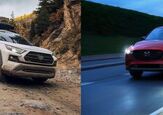
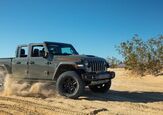














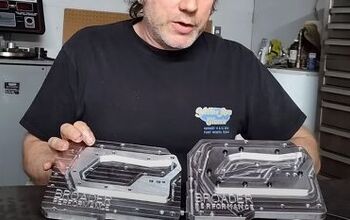
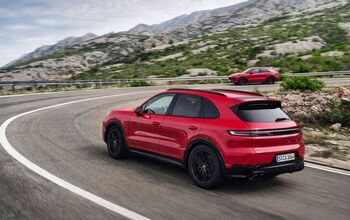
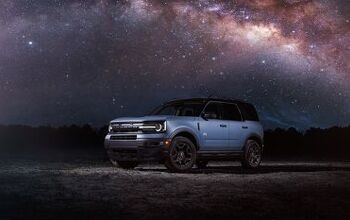

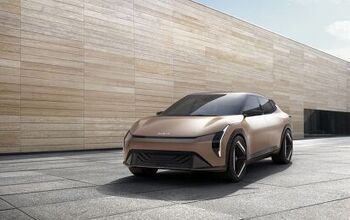

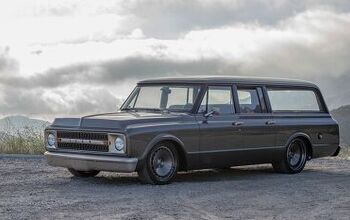
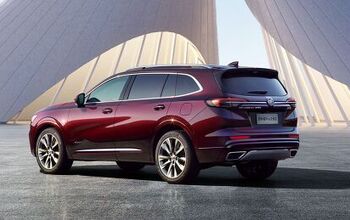
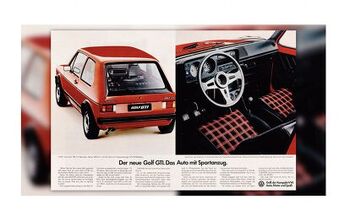
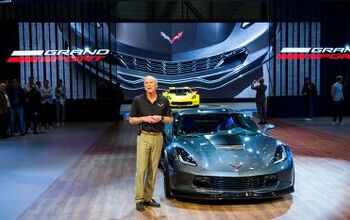
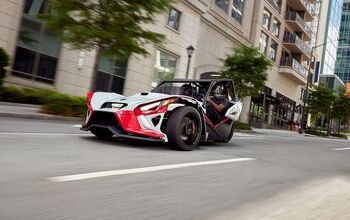

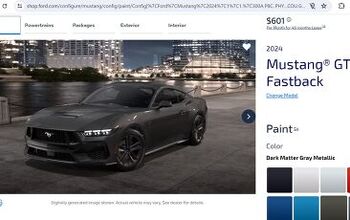
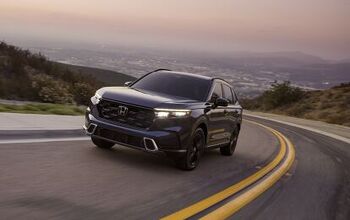
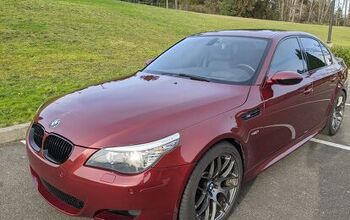


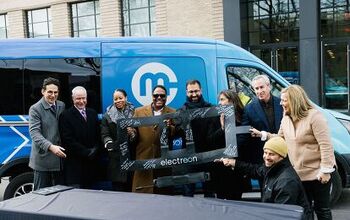
Comments
Join the conversation
Chevy Trax up 20% for Q1! This has to be a sign of the apocalypse.
If you want Rolls Royce exclusivity for beer money - Smart has your car.